7 lessons from a slow-flower garden in Matakana
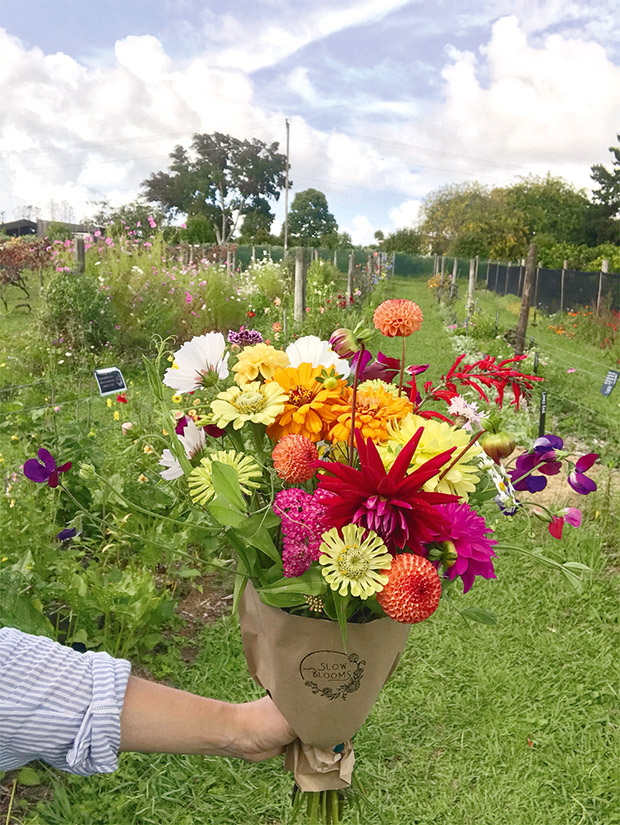
The owner of Slow Blooms, a cut-your-own flower and herb garden, explains how to apply slow-garden principles at home.
Words: Jane Wrigglesworth
Rebecka Keeling knows all about slowing down. After living life full-tilt in a demanding career in marketing and communications, she and husband Reuben decided to ditch the day jobs and start living the good life.
Rebecka, from Stockholm, met Reuben, from Whanganui, while studying and working in Auckland 15 years ago. The pair travelled to the Arab Emirates to work, then on to Sweden where they bought their first house and worked full-time.
While on parental leave with their second child, they travelled back to New Zealand to WWOOF on Waiheke Island. It was there that they decided to dial life back a notch, emigrate to New Zealand and slow down. They went back to Sweden to work for a year, then returned in 2016.
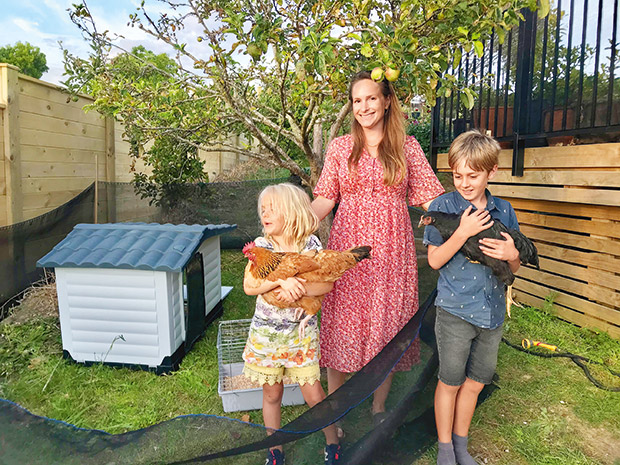
After renting for a few years, they bought a quarter-acre section (1000 square metres) in Warkworth in 2020 on which to build a home. Not long after that, they leased land a short drive away to start Slow Blooms.
“It’s where people can relax amongst nature and pick their own local, seasonal and sustainably grown flowers and herbs,” says Rebecka.
“The name is a play on the slow foods and slow flowers movements, which champions produce grown locally, in their natural season, using sustainable practices — as opposed to flowers grown with the use of harsh chemicals and pesticides, and often flown in from greenhouses in faraway countries, spending days or even weeks in transit before they reach their destination.”
She also chose the name as a reminder to herself to slow down and smell the flowers. “Although, admittedly, I could still get better at it.”
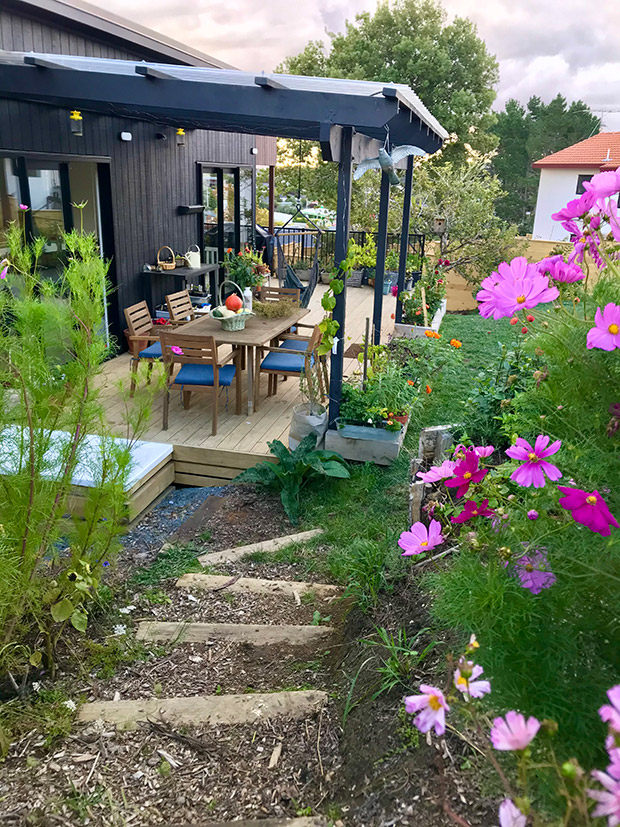
It can be tempting to use artificial fertilisers and chemical weed sprays to get that “picture perfect flowering look” faster and for less money, she says.
“Especially at a public garden like Slow Blooms, where we are expected to always have a range of flowers to pick. But we know within that it’s a false economy. It only takes a few applications to kill off your natural soil life, and then you’re stuck in a cycle where you need to keep buying in artificial products, and basically reducing your soil from this incredible nourishing entity full of life, down to just being a physical holder for your plant roots, while they’re getting fed with synthetic fertilisers. And then what’s the point with growing your own in the first place?”
Instead, Rebecka has a more sustainable mindset: “We grow with the flow.” She accepts that sometimes they sometimes have more flowers at Slow Blooms and sometimes they have less. “But we always know that the ones we do have are grown with care for the Earth and its inhabitants – and that’s worth more than any superficial flush of colour!”
HOW TO APPLY SLOW-GARDEN PRINCIPLES AT HOME
1. “Permaculture always starts with observation and then moves on to small and slow interactions with the land. Every bit of land and every grower is different, so instead of rushing into something irreversible, begin with trying a few different things in small areas, and observe what works. Permaculture books and online forums are awesome to get a toolbox with a range of useful techniques, but from there experiment with what works, and enjoy the process.”
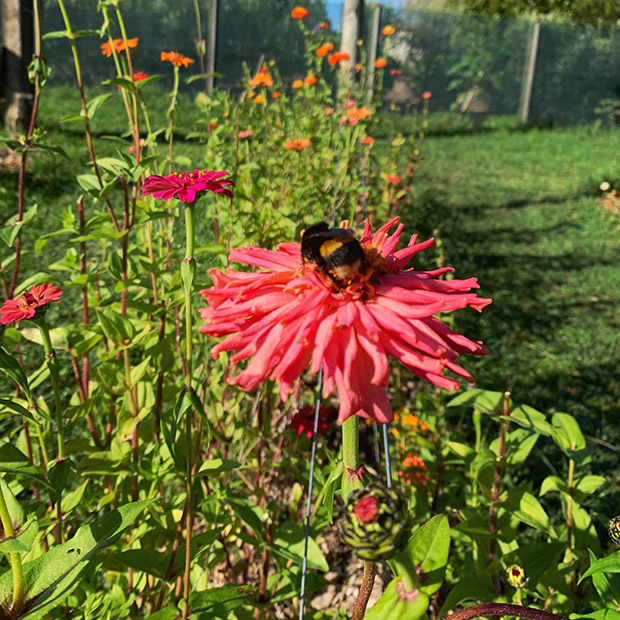
2. “Take time to build up soil in a natural way. Look after the soil workers – from the worms down to the beneficial microorganisms – and they will in turn create a nourishing soil for your flowers, if you give them some time.”
3. “Natural ways to build up and support soil life include using homemade compost, activated biochar, and water with seaweed, compost teas, or ready-made beneficial microorganisms such as EM (Effective Microorganisms).”
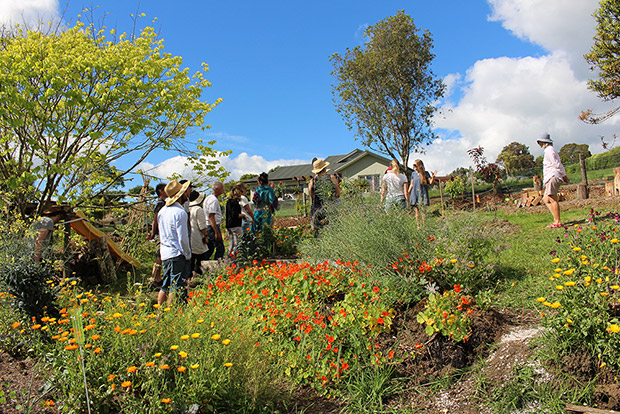
4. “At Slow Blooms, we often use a broad fork to loosen and aerate the soil instead of digging or tilling which disturbs the soil layers much more.”
5. “Mulch is another amazing partner. In permaculture, every element you bring into your systems should have multiple uses, and mulch is one of those things that has a never-ending list of benefits; from feeding the soil to protecting it from weeds and retaining moisture. Many people think bought-in wood mulch is the only option, but you can use any type of organic matter – from grass cuttings and seaweed to cardboard or even sheep dags!’
6. “The stronger and healthier the plant, the less chance it will be attacked by pests and diseases. To give plants that extra boost, especially during high growth and stress periods, we use biological sprays like EM Foliar Enhance, which comes pre-mixed with seaweed.”
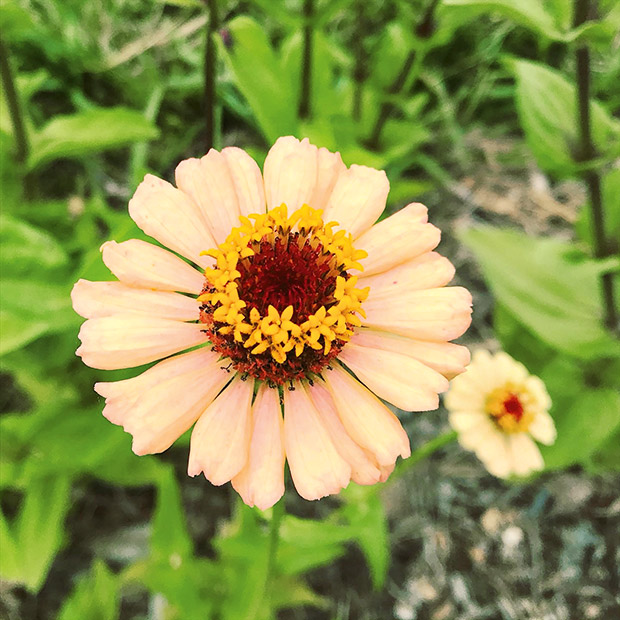
7. “Companion planting is another solution to minimise pests. Again, it might be slower than a chemical insect spray, but it’s a lot nicer to work with – as well as kinder to our pollinators. We don’t want to worry about what’s been sprayed on our plants because we really like to smell our slow flowers and even eat them.”
ABOUT SLOW BLOOMS
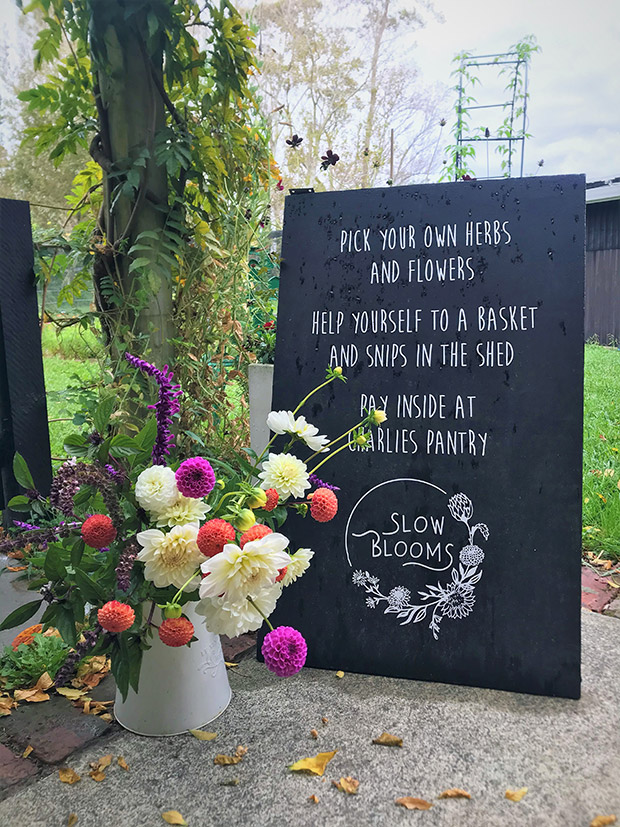
Slow Blooms offers garden tours and workshops on how to grow, harvest and arrange a sustainable bouquet. Upcoming workshop dates will be posted on their social media sites and here. 17 Sharp Road, Matakana, Auckland 0982, New Zealand
MORE HERE

